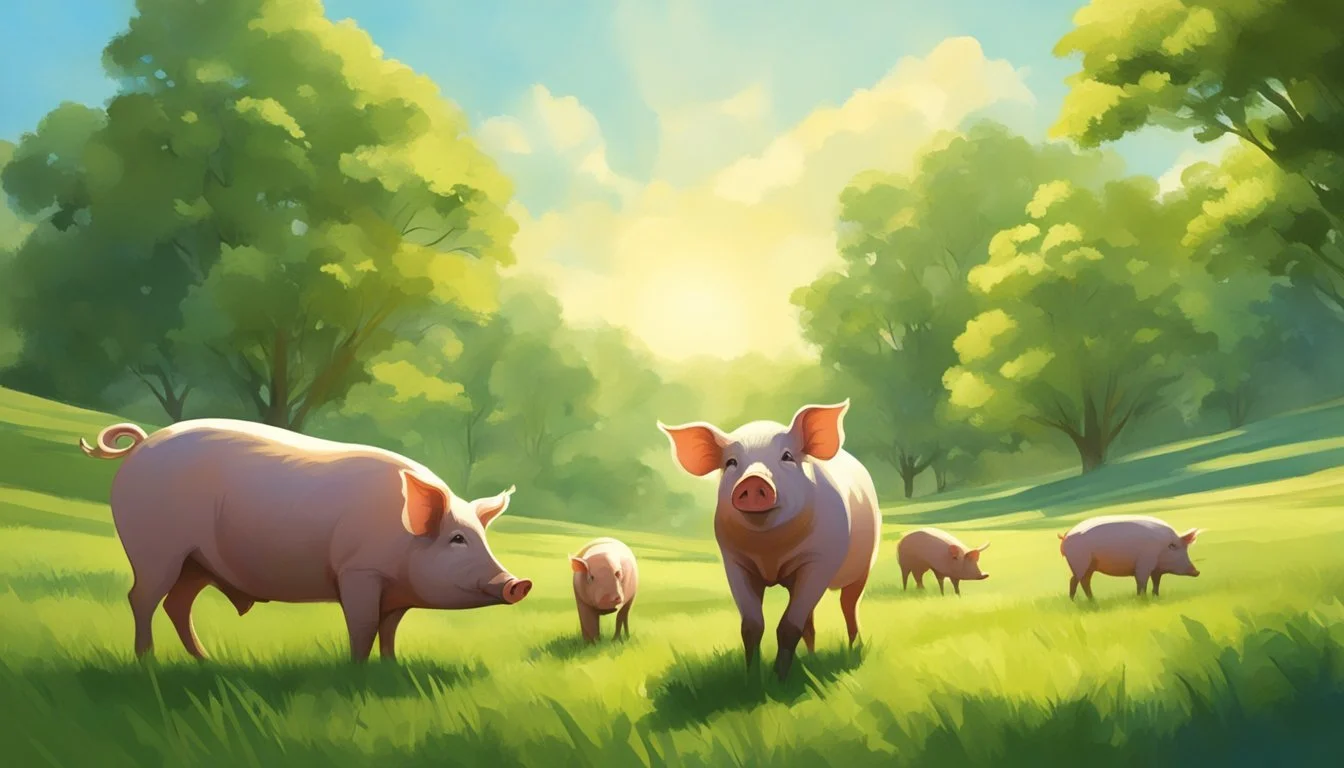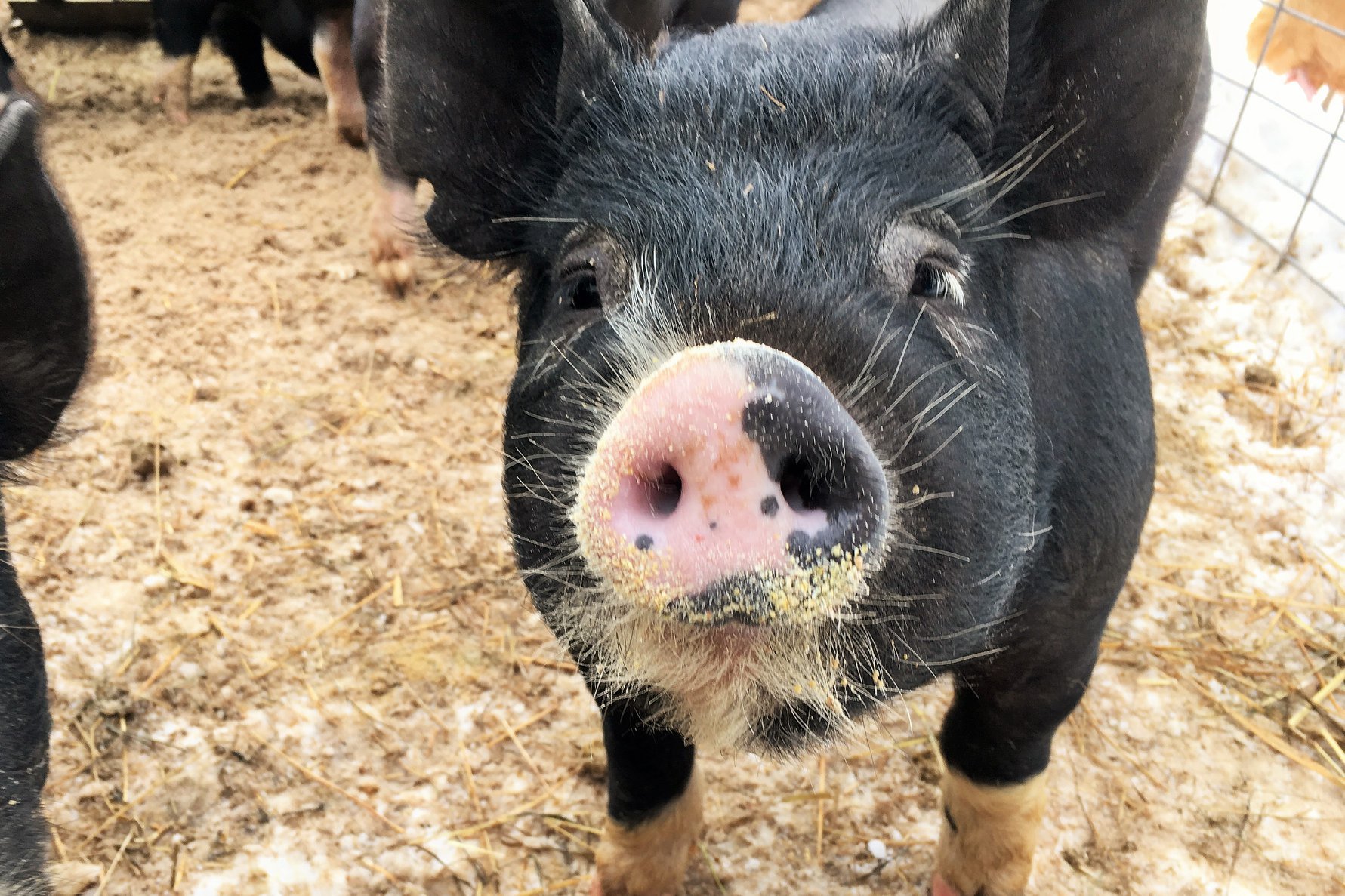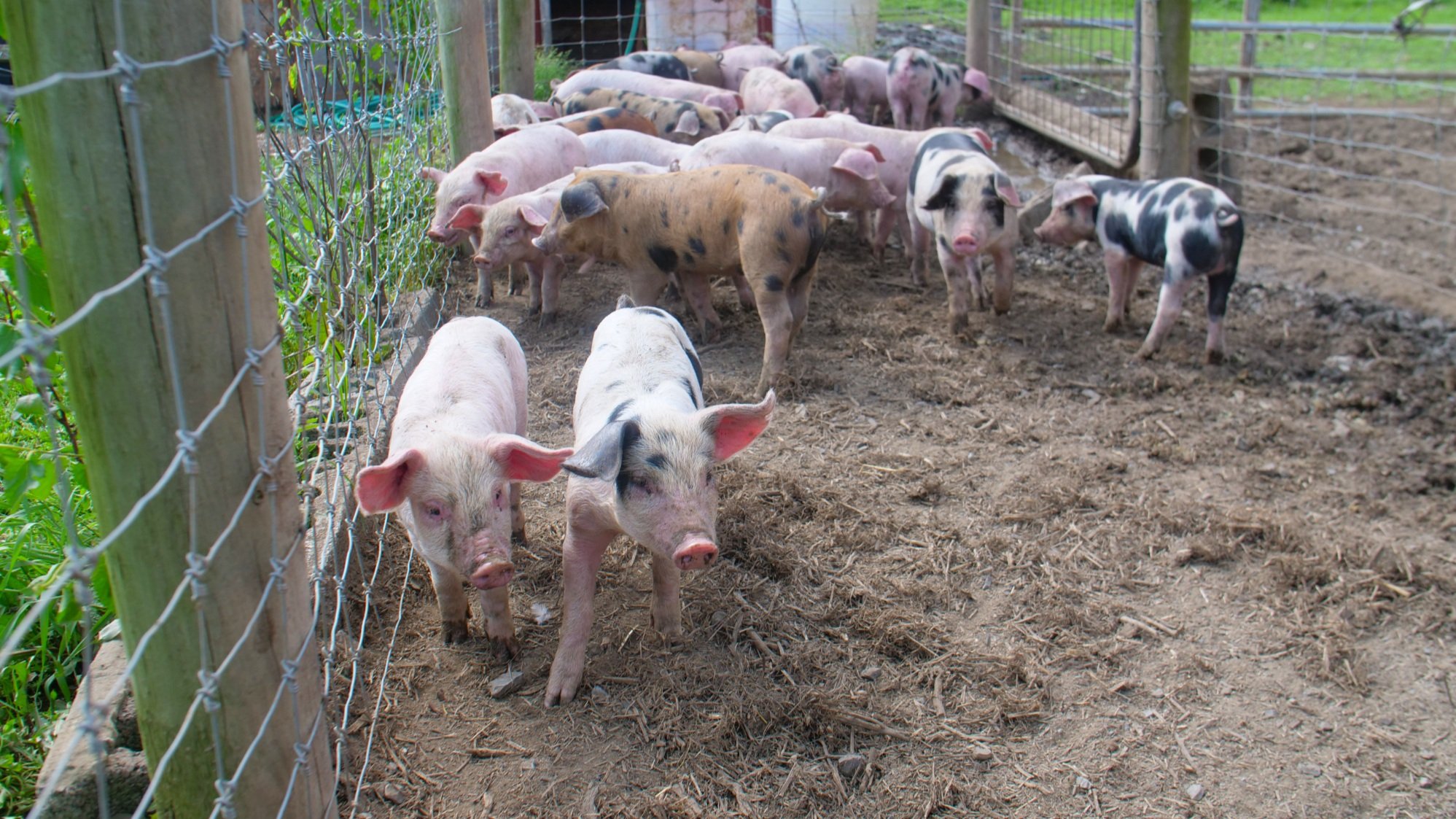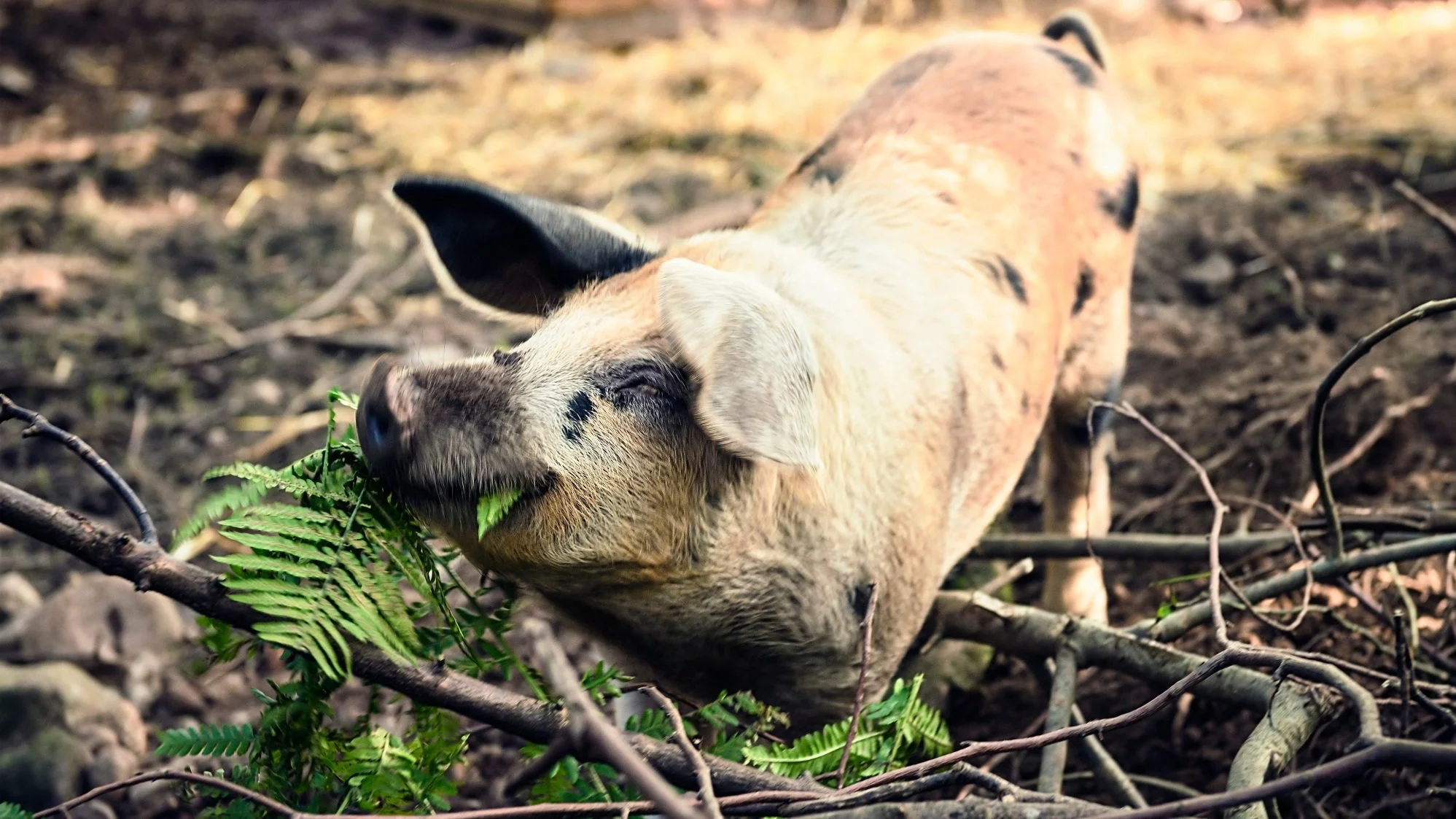Raising Pigs for Meat
If you're looking to become more self-sustainable on your homestead or farm, learning how to raise pigs for meat is a fantastic option. Not only is raising hogs easy, but they also mature quickly and provide a generous amount of meat and lard. From pulled pork and fresh bacon to homemade lard and salt-cured hams, the culinary possibilities are truly amazing! Discover the right breed and tailored care to ensure your success in pig farming.
First and foremost, it is essential to have an understanding of the different breeds of pigs. Most pig breeds used for meat production fall into two categories: white breeds or heritage breeds. White breeds such as Landrace, Yorkshire, and Duroc grow quickly and are efficient feed converters. Heritage breeds such as Berkshire, Tamworth, and Hampshire are known for their tender meat and excellent flavor, although they take longer to mature. The number of pigs you raise will determine how to raise pigs for profit or just for their meat.
Pigs need a comfortable living area, which should be dry, draught-free, and warm enough to keep out the cold. The minimum space required per pig is about 25 square feet (2.3m2). Pigs are also notorious for rooting and digging up the ground, so it is essential to have secure fencing to keep them contained. Pigs should have access to fresh water at all times, and their living area should be cleaned out regularly to prevent the spread of diseases.
Pigs are omnivores, which means they eat both plants and animals. Feeding pigs a balanced diet is essential for their health and growth. Piglets need protein-rich feeds such as milk replacers, while adult pigs require diets that include fiber, protein, and carbohydrates. Providing pigs with a diverse diet will help them grow efficiently and improve their meat quality.
Keeping healthy pigs is crucial to meat production. Pigs should be vaccinated against common diseases, and their environment should be kept clean to avoid the spread of bacteria and parasites. Owners should observe their pigs' behavior and appearance closely to detect any signs of illness such as lack of appetite, labored breathing, or vomiting.
The process of slaughtering and processing pigs for meat requires some knowledge and preparation. Before slaughtering, it is essential to check local regulations and obtain all necessary permits. Most people either hire a professional slaughterhouse or perform the process at home. After slaughtering, the pig's meat must be processed quickly to prevent spoilage. Processing can include smoking, curing, and packaging of the meat for storage.
Raising pigs for meat can be a rewarding and cost-effective way to sustain your family's needs. On a typical smallholding it’s necessary to learn how to raise feeder pigs. At the outset, they weigh 40-60 pounds and grow to weigh 240-270 pounds when ready for slaughter. Remember that raising pigs requires effort, knowledge, and preparation, and owners should have a good understanding of the basic requirements of raising pigs for meat. This article has covered essential topics such as pig breeds, housing and facilities, feeding pigs, health and disease prevention, and slaughter and processing. With the right resources and planning, raising pigs for meat can be a valuable addition to any homestead or farm.
Potbelly Pigs
Potbelly pigs, charming and petite, have become beloved pets. Known for their intelligence and social nature, these Vietnamese natives require specific care to thrive as companions.
Raising Pigs on Pasture
Discover the benefits of raising pigs on pasture and learn essential tips for sustainable and ethical pig farming. Explore the advantages of pasture-raised pork and expert advice on creating a thriving pig farming operation.
What Not to Feed Pigs: A Comprehensive Guide
Dive into the world of pig nutrition and learn the crucial dos and don'ts. Understand why raw meat, raw eggs, and green potatoes pose risks. With our comprehensive guide, ensure your pigs thrive with a safe and nutritious diet while avoiding potential hazards.
Raising Berkshire Pigs: A Comprehensive Guide to Success
Delve into the art of raising Berkshire pigs, the 'Kobe beef' of pork. From lard pigs to heritage breed piglets, explore everything you need to know for a successful journey into pig farming.
Heritage Pig Breeds for Maximum Profit
Get the overview on heritage pig breeds, their benefits and various types to choose from. Learn how raising these pure bred pigs can be a profitable option for homesteaders.
How Much Meat Can One Pig Produce?
Learn the difference between live weight vs. carcass weight, retail cuts vs. ground pork, and boneless vs. bone-in cuts when it comes to how much meat you can get out of one pig - dig deep with us today!
Pigs 101: Understanding Pig Sounds and Terminology
Learn the language of pigs with this comprehensive guide. Understand the unique noises your pet pig makes and how to interpret their emotional state!
Forage Options for Pastured Pigs
Explore the different options to successfully raise pasture pigs. Learn how these animals benefit from natural forages like grasses, legumes, and even roots which provide exceptional nutrition compared to grains alone found in traditional confinement setups.
From Piglets to Profits: Mastering the Art of Pig Breeding for Success
Learn the art of pig breeding and produce succulent bacon with this informative guide. Explore breed selection, care and management, and marketing strategies to achieve porcine prosperity.
6 Best Pigs to Raise in Texas
If you're thinking of starting a pig farm in Texas, this guide provides an overview of the breeds that are most suitable for the climate and market demands. Learn more about which pigs are best to raise in the Lone Star State!












